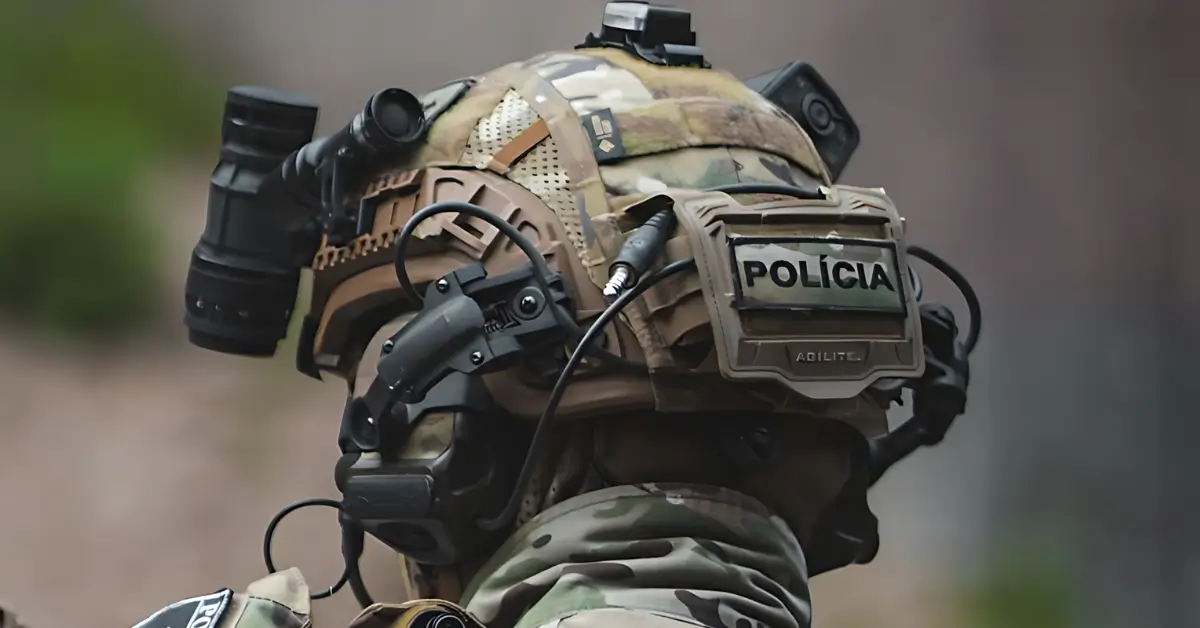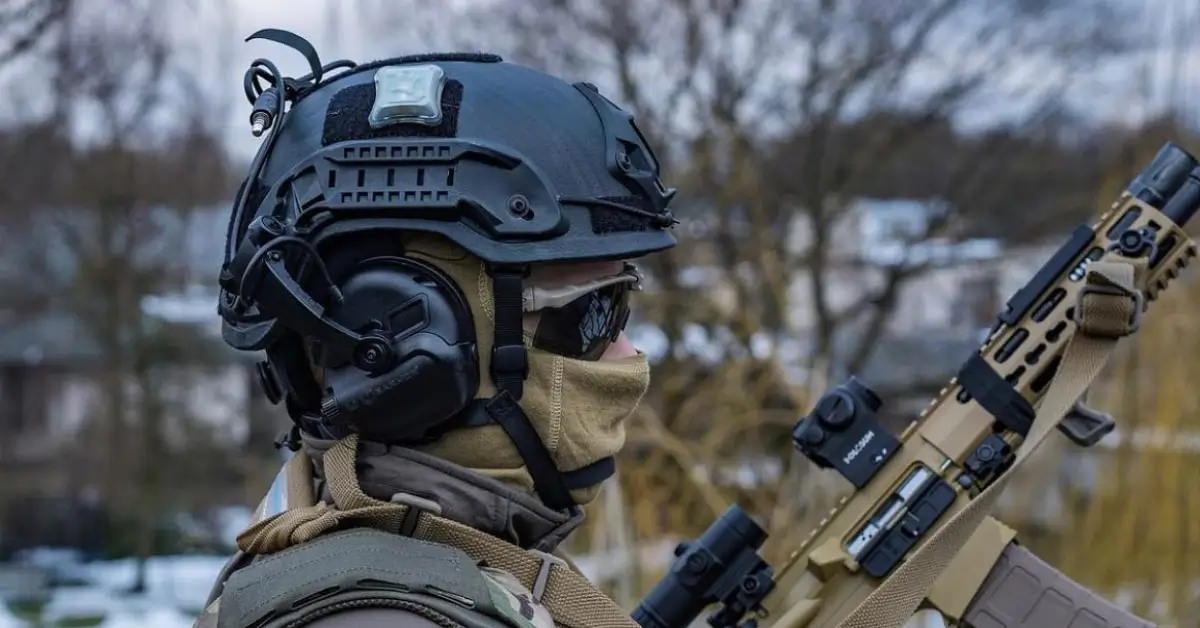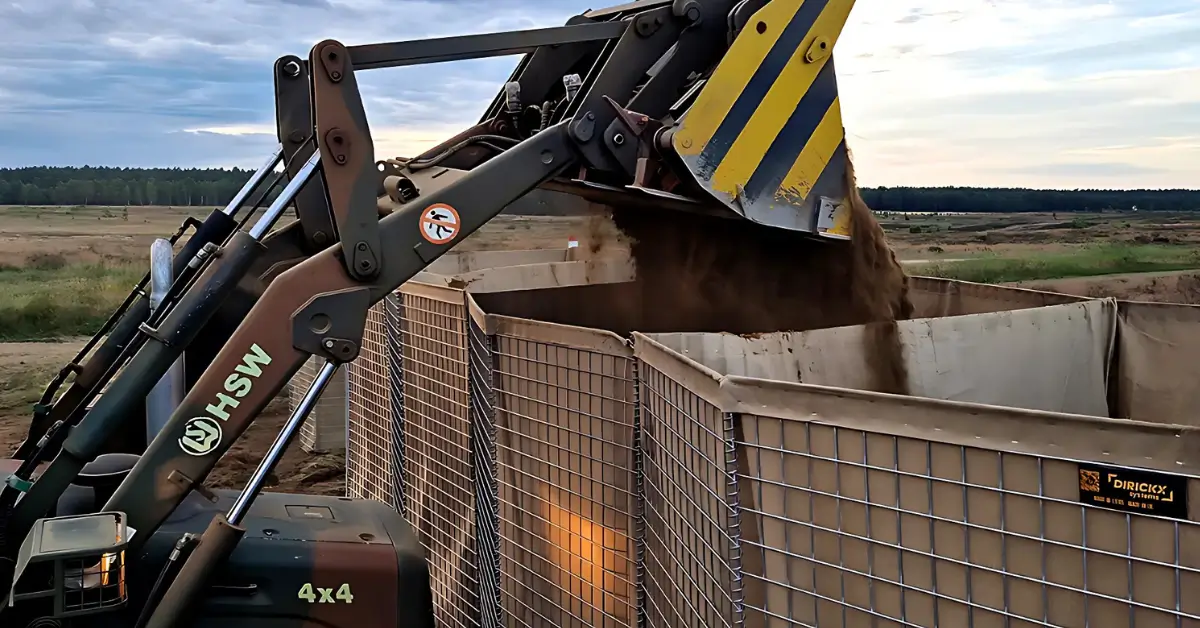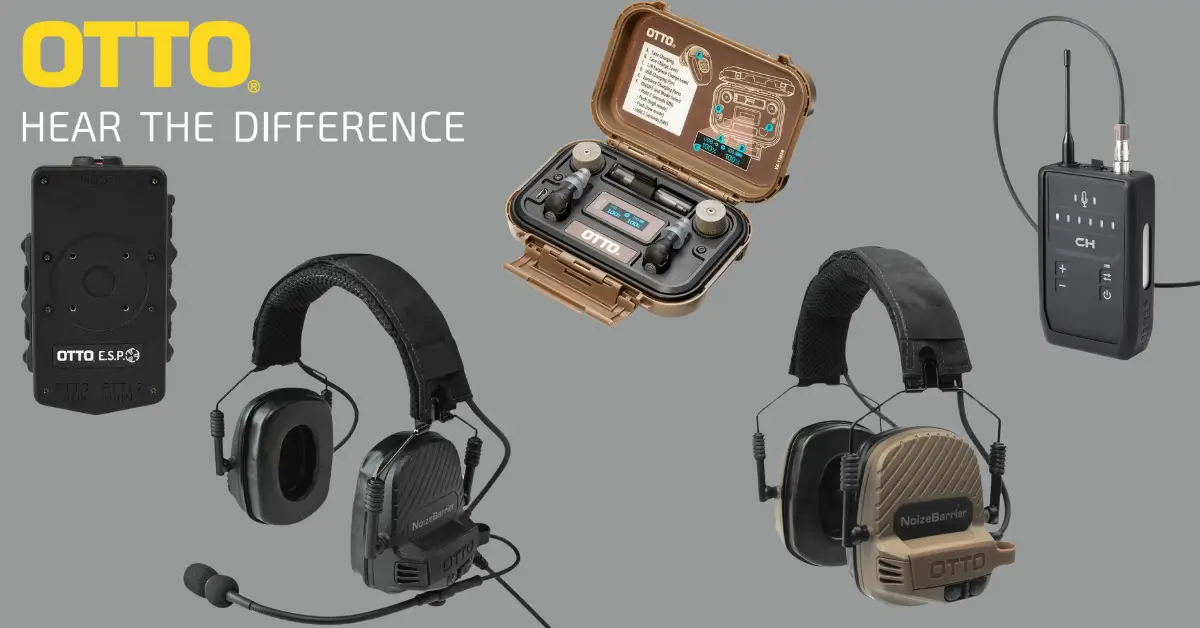In the crucible of combat, a helmet is more than just gear – it’s a lifeline. The right helmet can mean the difference between mission success and catastrophic injury. Understanding the intricacies of advanced head protection is paramount for optimising operational readiness. Here’s a deep dive into the critical features and operational benefits to consider when selecting the best helmet for protection, comfort, and functionality.
Types of Helmets
PASGT (Personnel Armor System for Ground Troops):
- Development: Introduced in the 1980s and made from Kevlar.
- Features: Provides good ballistic protection and coverage but is heavier and less adaptable than newer models.
- Benefits: Offers solid protection but lacks the modularity and comfort of modern helmets.
MICH (Modular Integrated Communications Helmet):
- Development: Developed to replace the PASGT helmet introduced in 2001.
- Features: Lighter and more comfortable, featuring a four-point retention system and designed to accommodate communication devices.
- Benefits: Suitable for special operations due to its enhanced comfort and ability to integrate with communication gear.
ACH (Advanced Combat Helmet):
- Development: An evolution of the MICH, introduced in 2003.
- Features: Offers enhanced ballistic protection and comfort, with improved compatibility with modern tactical gear.
- Benefits: Balances weight and protection, providing better situational awareness and less obstruction of vision.
ECH (Enhanced Combat Helmet):
- Development: A second-generation ACH.
- Features: Uses ultra-high-molecular-weight polyethene, making it lighter while offering increased protection against fragmentation and rifle projectiles.
- Benefits: Superior protection and reduced weight enhance operational effectiveness.
FAST (Future Assault Shell Technology):
- Development: Known for its high-cut design, first unveiled by Ops-Core.
- Features: Exposes the ears to prevent water retention, integrates various accessories via side rails, and allows for better headset and gear compatibility.
- Benefits: Favoured for special operations and tactical missions due to its modularity and customisation options.
Key Differences:
- ACH vs. MICH: The ACH is an advanced version of the MICH, offering superior protection and comfort. Although both helmets are similar in design, the ACH provides better ballistic performance and impact protection.
- FAST vs. ACH/MICH: The FAST helmet’s high-cut design differentiates it from the ACH and MICH, which have more coverage around the ears. The FAST helmet is designed for better compatibility with communication headsets and other tactical gear.
These helmets represent the evolution of military headgear, focusing on increased protection, comfort, and compatibility with modern tactical equipment.
Key Features to Look For
Lightweight Construction:
- Advanced Composites: Materials such as aramid (Kevlar), ultra-high-molecular-weight polyethene (UHMWPE), and carbon fibre provide maximum protection with minimal weight. These materials offer high tensile strength and resistance to ballistic threats, significantly reducing the strain on the wearer during extended operations.
- Importance: Minimising weight reduces fatigue, enabling operators to remain focused and agile during missions.
Modular Design:
- Adaptability: Modular helmets can be easily customised with night vision mounts, communication headsets, and additional rail-mounted gear, making them essential for various mission scenarios and operational requirements.
- Importance: A modular helmet enhances versatility and preparedness for different operational needs.
Superior Ventilation:
- Efficient Airflow: Effective airflow systems, such as strategically placed vents and airflow channels, help maintain optimal temperature and reduce the risk of overheating and fogging visors and goggles.
- Importance: Good ventilation is crucial for maintaining cognitive function and comfort in high-stress environments.
Ballistic Protection:
- Rigorous Standards: Helmets should meet or exceed ballistic protection standards like NIJ Level IIIA ACH (Advanced Combat Helmet) or PASGT (Personnel Armor System for Ground Troops). These standards ensure that the helmet can withstand specific ballistic impacts and fragmentation.
- Importance: Adequate ballistic protection is non-negotiable for frontline professionals, ensuring safety against various threats.
Comfort Liner System:
- Secure Fit: Advanced liner systems, often made from memory foam or proprietary impact-absorbing materials, provide a snug and comfortable fit. Adjustable pads and suspension systems help distribute weight evenly and reduce pressure points.
- Importance: A well-fitted helmet improves operational effectiveness by minimising helmet movement and enhancing comfort during prolonged wear.
Integrated Shroud and Rails:
- Accessory Integration: Integrated shrouds and rail systems allow for the attachment of mission-critical accessories such as NVGs (Night Vision Goggles), tactical lights, and communication devices.
- Importance: This feature enhances a soldier’s capability by providing easy customisation and quick adaptation to changing mission requirements.
Scalable Protection:
- Customisation: Helmets that offer modular padding and cover systems can be adjusted based on the threat level and mission requirements. For example, additional ballistic panels or face shields can be added or removed as needed.
- Importance: Scalable protection ensures operators are prepared for various situations, from low-risk patrols to high-threat combat operations.
Low-Profile Design:
- Streamlined Profile: A low-profile helmet design reduces the likelihood of snagging on obstacles and enhances mobility in confined spaces. This design also improves compatibility with other gear, such as body armour and protective goggles.
- Importance: Maintaining agility and reducing the risk of entanglement is crucial in dynamic operational environments.
Operational Benefits:
- Enhanced Mobility: Agility and Speed: Lightweight, well-balanced helmets reduce physical strain, allowing for greater agility and speed. This benefit is critical for executing quick manoeuvres and maintaining high endurance levels.
- Improved Situational Awareness: Integrating advanced optics and communication systems enables real-time information sharing and enhanced situational awareness. This capability is vital for effective coordination and decision-making in the field.
- Optimal Comfort and Performance: Effective ventilation and a comfortable fit reduce fatigue, maintaining focus during prolonged operations. A comfortable helmet significantly impacts performance and endurance, particularly during extended missions.
- Comprehensive Protection: Advanced impact protection systems safeguard against ballistic threats and blunt force trauma. Helmets designed to absorb and dissipate impact energy reduce the risk of head injuries in high-risk environments.
Tailored Protection for Specific Roles
Infantry:
- Essentials: Lightweight, modular helmets with excellent ventilation and ballistic protection are critical for foot soldiers who require mobility and prolonged wearability.
Armor:
- Communication: Helmets with increased ballistic protection and compatibility with integrated communication systems are crucial for personnel in armoured vehicles, where coordination and situational awareness are critical.
Engineer:
- Modularity: Helmets that offer modularity for attachments like lights, protective goggles, and hearing protection are beneficial for engineers working in hazardous environments.
Special Forces:
- Low Profile: Special operations forces that demand stealth and versatility require helmets with a low profile, lightweight design, and compatibility with night vision and advanced communication systems.
Support Roles:
- Comfort: Helmets with superior comfort and protection features are essential for personnel in support roles who may wear their helmets for extended periods without engaging in direct combat.
Addressing Emerging Challenges
Counter-IED Protection:
- Blast Mitigation: Helmets equipped with advanced materials and shock-absorbing liners provide enhanced protection against explosive blasts and shrapnel, mitigating the risk of traumatic brain injuries.
Heat Stress Management:
- Cooling Technologies: Enhanced ventilation systems and cooling technologies, such as phase change materials or active cooling fans, help combat heat-related issues and improve comfort in hot climates.
Specific Standards for Helmets
NIJ (National Institute of Justice) Standards:
- NIJ Level IIIA: This standard requires helmets to stop most handgun rounds, including .44 Magnum. It is widely recognised for its rigorous testing procedures and reliability.”
ACH (Advanced Combat Helmet) Standards:
- Advanced Protection: Developed by the U.S. Army, the ACH standard focuses on providing enhanced ballistic and impact protection while reducing weight and improving comfort compared to previous helmet models.
PASGT (Personnel Armor System for Ground Troops) Standards:
- Legacy Standard: Although largely replaced by newer designs, PASGT helmets still provide a high level of protection against shrapnel and ballistic threats, following rigorous military specifications.
MIL-STD (Military Standard):
- MIL-STD-662F: A military standard that outlines the testing procedures for determining the V50 ballistic limit, which is the velocity at which a helmet can stop 50% of the projectiles fired at it.
EN 397 and EN 12492 (European Standards):
- Industrial and Mountaineering Protection: While primarily for industrial and climbing applications, these standards ensure helmets meet safety requirements for impact protection, penetration resistance, and chin strap strength.
European VPAM (Association of Test Laboratories for Attack Resistant Materials and Constructions) Standards:
- Comprehensive Testing: VPAM standards include tests for both ballistic and blunt impact protection, which are widely used in Europe to evaluate helmet effectiveness.
NATO STANAG (Standardization Agreement):
- Interoperability: STANAG standards provide standardised testing procedures by NATO countries to ensure interoperability and consistent protection levels across member nations.
Helmet Maintenance for Optimal Performance
Regular maintenance is essential to ensure that helmets provide maximum protection and functionality.
Regular Inspection:
- Check for Damage: Routinely inspect helmets for cracks, dents, and other signs of wear and tear. Ensure that the outer shell and internal padding are intact and free from significant damage.
Cleaning:
- Proper Techniques: Clean helmets with mild soap and water. Avoid using harsh chemicals or solvents that can degrade the materials. Regular cleaning helps prevent the buildup of dirt and sweat, which can compromise the helmet’s integrity.
Component Replacement:
- Replace Worn Parts: Periodically replace the internal padding, chin straps, and other components that may wear out over time. Ensure that all parts are securely attached and in good working condition.
Storage:
- Store helmets in a cool, dry place away from direct sunlight and extreme temperatures. To prevent deformation, avoid placing heavy objects on top of the helmet.
Follow Manufacturer Guidelines:
- Adhere to Instructions: Always follow the maintenance guidelines provided by the helmet manufacturer. These guidelines are designed to ensure the helmet’s longevity and effectiveness.
Equip Your Forces with Advanced Military and Tactical Helmets
The helmet is crucial for a soldier’s gear, providing protection, comfort, and performance. Advancements in technology ensure top-head protection. Selecting the right helmet is essential; regular maintenance is key for optimal performance.
At MSS Defence, we offer a range of advanced military helmets with features like lightweight composites, modular designs, and superior ventilation. Our helmets are customisable to meet specific mission requirements and include integrated systems for night vision goggles, tactical lights, and communication devices.
Equip your forces with the best head protection available. Contact us today to learn more about our offerings and discover additional solutions not listed in our catalogue.





